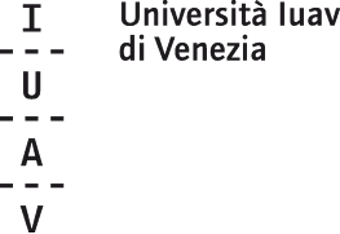Guido Guidi
HISTORIES AND THEORIES — Photography Fundamentals
Guido Guidi (1941) is an italian photographer. In 1959 he enrolled at IUAV Univerity in Venice, and subsequently he attended the Industrial Design advanced course, following courses by Bruno Zevi, Carlo Scarpa, Luigi Veronesi and Italo Zannier. Influenced by Neorealism and Conceptual Art, he started take photographs of marginal and anti-spectacular Italian landscape with an optical bench, 20×25. Since 1980 he has been developing research projects on the trasformation of the city and territory, among the others the Space Archive of the Province of Milan (1991), public building industry researches promoted by Ina-Casa (1999) and Italian Atlas 003 (curated by the General Office for Architecture and Contemporary Art – DARC, 2003). Between 1993 and 1996 he documented the urban developments subsequent to the fall of the Berlin Wall along the line of the ancent road network connecting Russai and Santiago de Compostela, publishing his research in a book called Between Cities (2003). He has explored the life and death of the Modern Movement through projects on the works by Carlo Scarpa, Ludwig Mies van der Rohe and Le Corbusier, the latter promoted and published by the Canadian Center of Architecture (CCA), Montréal. His works have been exhibited in museums and institutions in Italy and abroad, among the others at Fotomuseum, Winterthur, Guggenheim and Withney Museum in New York, Centre Pompidou in Paris and Venice Biennale. Since 1986 he has been invited to hold labs, lectures and seminars in several italian universities, among the others IUAV University in Venice, Politecnical of Milan, at Humanities Faculty at Universities such as Ca’ Foscari, Venice, Lecce, Bari, Cattolica di Milano, as well as in several public and private italian institutions.








